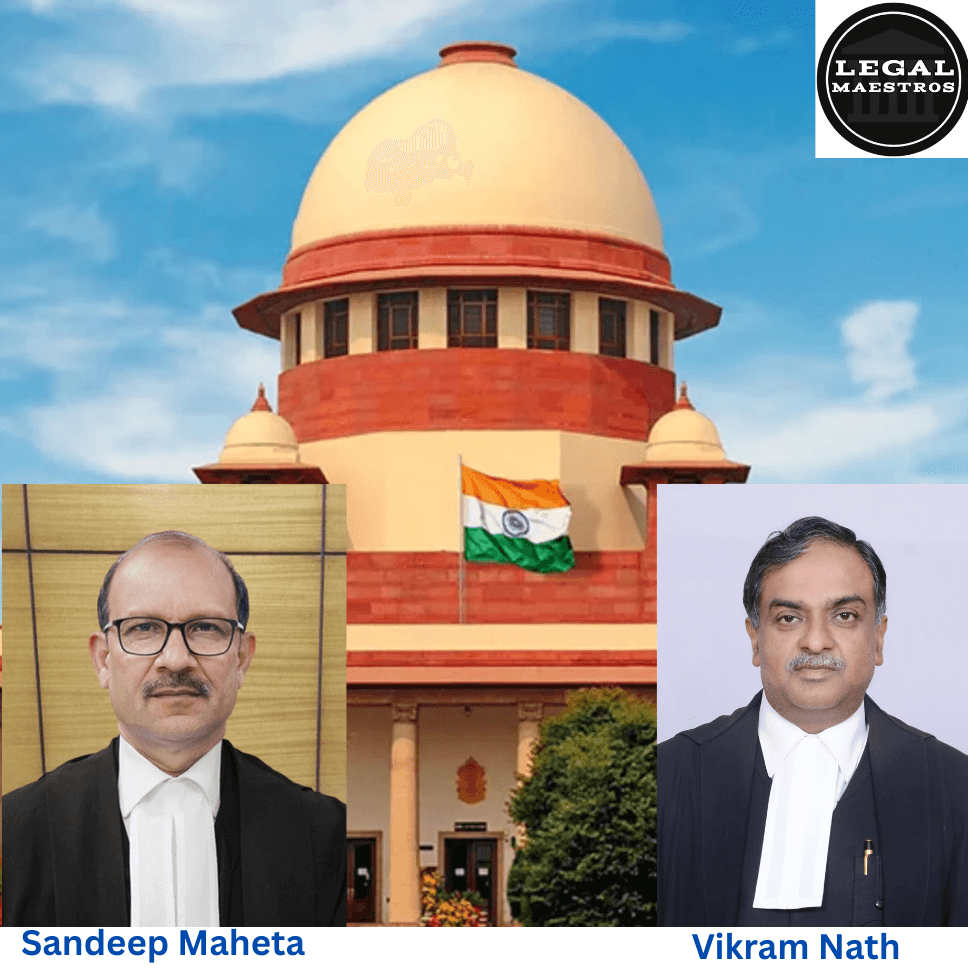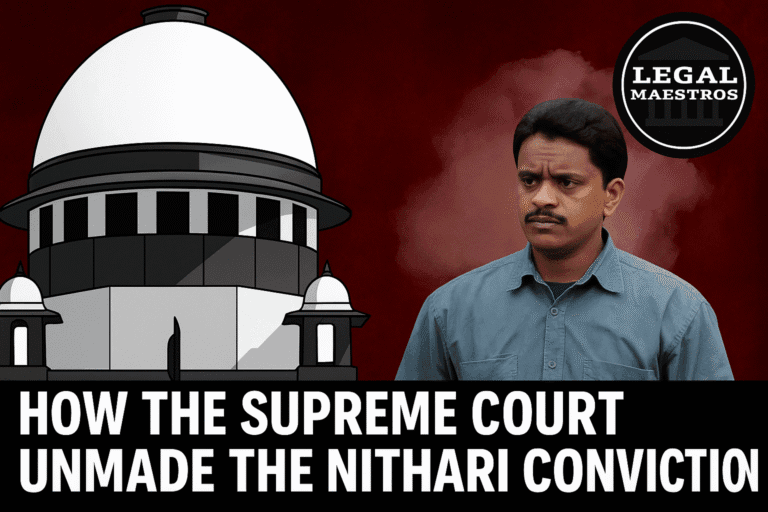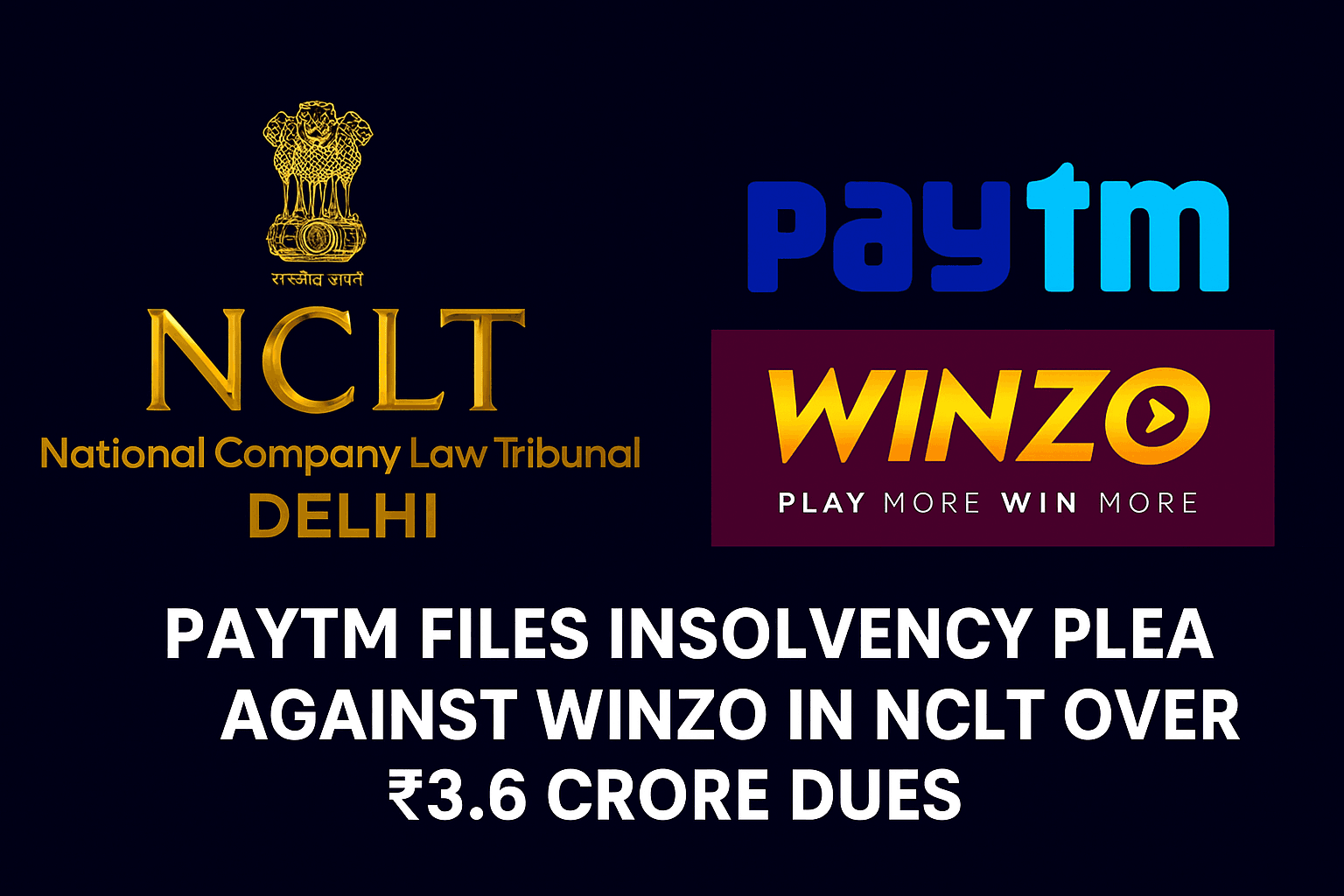
Justice Vikram Nath and Justice Sandeep Mehta Reinstate Trial Court Verdict in Land Partition Dispute
Introduction
In the case of Rajendhiran v. Muthaiammal @ Muthayee & Others, the Supreme Court of India issued a ruling that was both recent and significant. The decision was handed down on April 15, 2025, and it declared that the defendants were successful. A judgment from the High Court that had accepted a claim of oral partition of ancestral land was overturned by the division bench, which was comprised of the Honorable Mr. Justice Vikram Nath and the Honorable Mr. Justice Sandeep Mehta. The rulings of the Trial Court and the First Appellate Court, both of which had earlier dismissed the plaintiffs’ suit for lack of appropriate proof regarding the supposed will, the claimed partition, and ownership rights, were reinstated by the Supreme Court that is the highest court in the land. The ruling reinforces the necessity of adhering to procedural law in a stringent manner, the requirement of substantial legal proof for partition claims, and the limitations of the role that a High Court can play in second appeals.
The Reality of the Situation
The case featured a disagreement regarding property that occurred inside a family that was descended from Avinashi Gounder. The plaintiffs, which included the wife and the purported adopted son of one of Avinashi Gounder’s sons (specifically Arunachalam), submitted a lawsuit to the Munsiff Court in Tiruchengode in the year 2011. They requested a ruling that a sale deed that was executed on February 10, 2011, by the daughter of another son (Palaniyappan) in favor of a third party was invalid and unenforceable. On the basis of an oral partition and a will that Arunachalam is said to have executed on July 16, 2003, the plaintiffs also requested that the court recognize them as legally entitled to ownership of the land that is in question.
Arunachalam, one of the four sons of the original owner, was said to have inherited the property at issue in the lawsuit during an oral partition among the brothers and to have subsequently passed it to them through a will, according to the alleged allegations made by the plaintiffs. On the other hand, the defendants opposed this claim, arguing that the oral partition, the adoption of the second plaintiff, and the authenticity of the will were all false. In addition to this, they contended that Palaniyappan’s daughter was the legitimate owner of a section of the land that had been legally sold.
For any queries or to publish an article or post or advertisement on our platform, do call at +91 6377460764 or email us at contact@legalmaestros.com.
The lawsuit filed by the plaintiffs was dismissed by both the Trial Court and the Subordinate Appellate Court. Both courts came to the conclusion that the oral partition could not be demonstrated, that the will did not comply with the law, and that the requisite co-owners were not included in the case. The High Court, upon hearing the appeal, overturned these rulings and issued a ruling that was favorable to the plaintiffs. After that, the defendants attempted to approach the Supreme Court.
The Legal Provisions and the Fundamental Concerns
A number of legal rules were called into question as a result of the case, the most important of which being Section 100 of the Code of Civil Procedure (CPC), 1908, which is the law that controls second appeals. A High Court is only permitted to intervene in matters pertaining to a serious question of law, as stated in this provision. The Supreme Court came to the conclusion that the High Court had gone beyond the bounds of its authority when it reexamined the facts and evidence without identifying a question of such a significant kind.
One of the primary focuses of the decision made by the Supreme Court was on the legal standards that must be met in order to prove a will and an oral partition. In accordance with Section 63 of the Indian Succession Act of 1925 and Section 68 of the Indian Evidence Act of 1872, a will is required to be proven by a series of precise formalities. These formalities include correct attestation and witness testimony. In this particular case, the plaintiffs did not demonstrate that they had a will, as these laws compel them to do.
For any queries or to publish an article or post or advertisement on our platform, do call at +91 6377460764 or email us at contact@legalmaestros.com.
It was also an important question to consider whether or not the oral partition could be considered legitimate. For the purpose of providing support for the claim of oral partition, the High Court had relied on sale deeds as well as a mortgage deed. The Supreme Court, on the other hand, pointed out that these records belonged to separate properties and could not be used to show division over the survey number that was in question. Additionally, the plaintiffs agreed that the patta, which is a land record, was in the joint name of the first plaintiff and eight other individuals, which further undermined the validity of the claim of exclusive possession.
For More Updates & Regular Notes Join Our Whats App Group (https://chat.whatsapp.com/DkucckgAEJbCtXwXr2yIt0) and Telegram Group ( https://t.me/legalmaestroeducators )
An examination conducted by the Supreme Court
In his written opinion for the bench, Justice Vikram Nath provided a comprehensive review of the evidence as well as the components of the procedure. He noted that the Trial Court and the First Appellate Court had both evaluated oral and documentary evidence and arrived at rulings that were consistent against the plaintiffs at the end of their respective proceedings. Furthermore, these courts had made it quite plain that the will was not proven, and that the oral partition was not supported by evidence. In addition, they came to the conclusion that the lawsuit was flawed since the essential parties who shared title of the land were not joined in the lawsuit.
For any queries or to publish an article or post or advertisement on our platform, do call at +91 6377460764 or email us at contact@legalmaestros.com.
The High Court, on the other hand, reversed both of these rulings without adequately resolving the legal defects. The only records that were used were those that mentioned land boundaries, but they were irrelevant to the particular land that was in dispute. The highest court in the land came to the conclusion that this strategy was incorrect, claiming that the High Court had failed to recognize the significance of the evidence and had gone beyond the boundaries of its permissible authority in second appeal.
In its decision, the Supreme Court came to the conclusion that the findings of the High Court were not only not supported by the evidence, but that they were also perverse and based on materials that were irrelevant. Furthermore, it was made plain that in situations when two lower courts have reached the same conclusions based on the law and the facts, the High Court is required to exercise caution and cannot arbitrarily overturn such conclusions unless there is a clear legal error.
Procedural law’s relevance to the situation
Within the realm of civil litigation, the significance of maintaining procedural discipline is reaffirmed by this judgment. It was brought to everyone’s attention by the Supreme Court that courts are not permitted to act on assumptions or sympathetic reasoning when the necessary legal procedures have not been satisfied. In the event that a will is not proven in accordance with the law, for example, the entire case that is founded on it is unsuccessful.
For any queries or to publish an article or post or advertisement on our platform, do call at +91 6377460764 or email us at contact@legalmaestros.com.
In a similar vein, if a lawsuit is filed against a property that is owned jointly by more than one person, the case is considered legally flawed because it does not include all of the co-owners. Furthermore, the plaintiffs never attempted to rectify this flaw, despite the fact that the trial court had correctly determined that additional co-owners were not made parties. If these standards were ignored, it would be possible for legal procedures to be abused, which would have an adverse impact on the rights of other stakeholders.
The ruling that was handed down by the High Court was overturned by the Supreme Court, which granted the defendants’ appeal when it was considered. The verdicts of the Trial Court and the First Appellate Court were reinstated, which effectively resulted in the dismissal of the court case brought by the plaintiffs. As a result of the court’s failure to issue an order regarding costs, each party will be responsible for their own legal bills.





![Research Assistantship @ Sahibnoor Singh Sindhu, [Remote; Stipend of Rs. 7.5k; Dec 2025 & Jan 2026]: Apply by Nov 14, 2025!](https://legalmaestros.com/wp-content/uploads/2025/11/Gemini_Generated_Image_s0k4u6s0k4u6s0k4-768x707.png)
![Karanjawala & Co Hiring Freshers for Legal Counsel [Immediate Joining; Full Time Position in Delhi]: Apply Now!](https://legalmaestros.com/wp-content/uploads/2025/11/Gemini_Generated_Image_52f8mg52f8mg52f8-768x711.png)